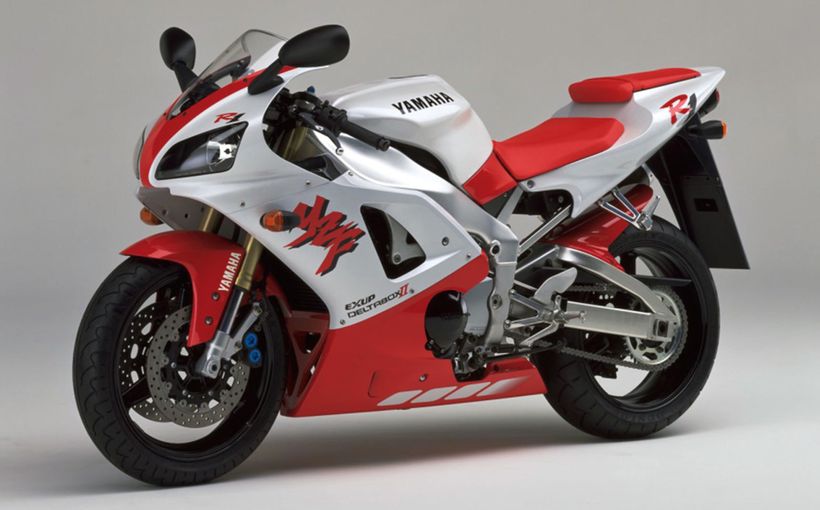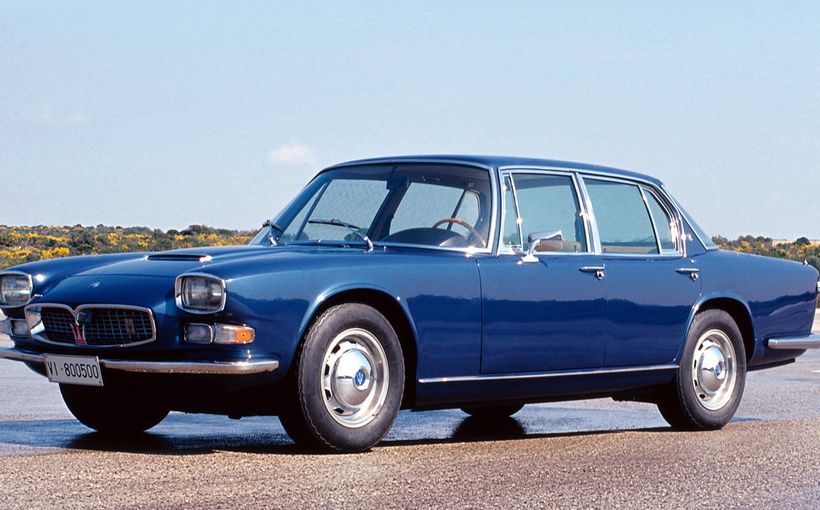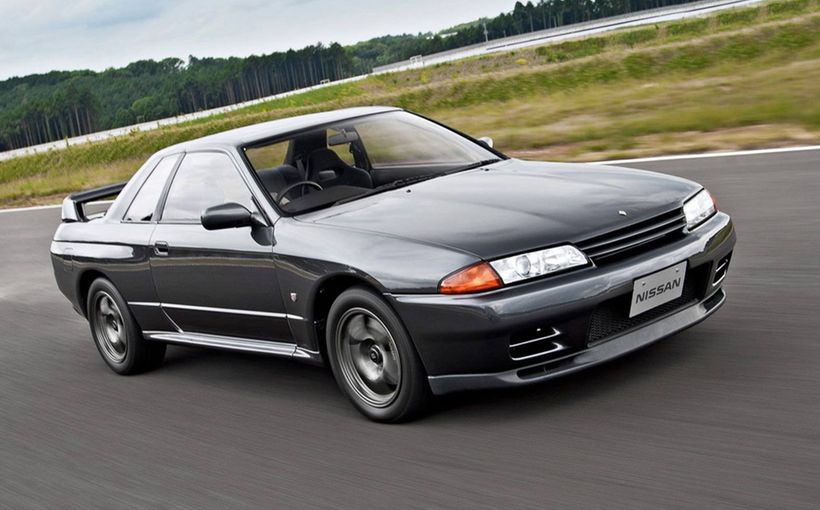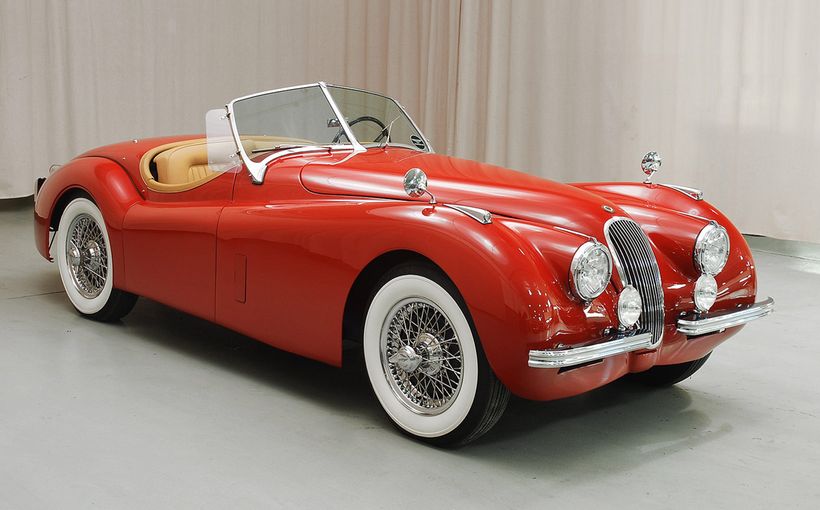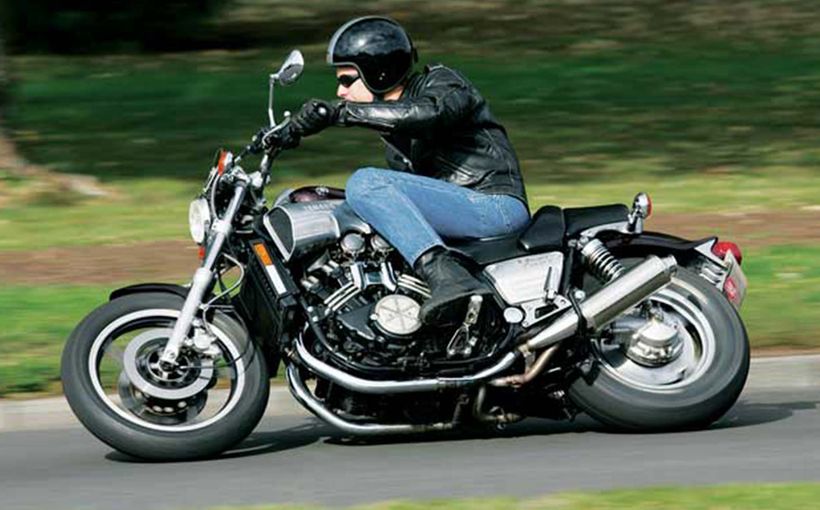The Volvo 140-series: safer, faster, less sexy

Few automotive companies have undergone as many changes of brand image as Volvo. If you think of Toyota, Mercedes-Benz, Jaguar or BMW – to name just four – public perception of what their cars are like remain fairly steady. By contrast, Volvo (which comes from the Latin for ‘I roll’) has hardly rolled along the same road.
The first sales of the Volvo 122S sedan in Australia were in 1962. At the time the car was regarded as a highly accomplished sports sedan. Unkind Volvo jokes were some 20 years into the future. Along the way, the Volvo brand image changed dramatically.

The great significance of the 140-Series models is that they represented the start of the big shift. Between 1962 when the 122S sold in minuscule numbers and April 1967 when the 144S was introduced at $4000, the Australian automotive market had changed dramatically. Where the 122S shared the roads with FB Holdens and XK Falcons, its successor was launched in the same month as the Ford Falcon GT and the Ford Fairlane 500. The almost unbelievable improvements in Australian cars hardly contributed to changing perceptions of Volvos, but it perhaps explains why the Volvo image suffered more here than in most other markets.

As late as 1969 the great Australian motoring journalist Bill Tuckey was able to write under his own byline this hymn of praise to Volvo:
There are few things more disheartening than when in the closing stages of a long rally, with grit under your eyelids and fur on your teeth and the navigator getting irritable and the car making funny noises in the back end and you are working very hard at going as fast as you can without leaving the road, you suddenly find a full set of headlights and quartz-iodine flame-throwers in your mirror. They are there briefly, for the car behind is up alongside to give you a glimpse of supernatural dash lighting and a navigator staring grimly ahead and then it is past and gone to throw back a clatter of gravel and a growing blanket of dust.
And more often than not, the nameplate on the tail of that car says ‘Volvo’.
This image of Volvo marked the end of an era. By 1971 a 1.8-litre engine, no matter how highly tuned, was not going to be enough to win top-level rallies in Australia: the Holden Torana GTR XU-1 had arrived.
The 144S looked conservative even when it was introduced. There were elements of the Ford Cortina Mark 2 and the Hillman Hunter to the design, but there was a kind of unsporting toughness and practicality to the 144S with its six-window glasshouse and upright, narrow appearance. That’s not to say that its predecessor ever looked particularly sporting, but compared with contemporaries such as the aforementioned Holden and Falcon or even the Peugeot 404, it was quite easy to look at the Volvo and call it a sports sedan. Besides, its close sibling was the Saint’s P1800 coupe.

Motoring journalist and racing driver, the late David McKay, can take some credit for initial almost overwhelmingly positive judgements of the Volvo 122S. He drove Sydney dealer British and Continental Motors’ demonstrator to Adelaide and his road test in the Sunday Telegraph had the heading ‘Most Outstanding Car Tested’. McKay said: ‘I can’t believe this car and what it does.’
Max Stahl, editor of Racing Car News and successful ‘Humpy’ Holden racer, bought a red 1966 122S sedan. Says Max: it came with ‘an impeccable history – its sole owner for the previous 18 months was Harley Antill, son of the Volvo importer and renowned rally ace, Peter Antill…The years rolled by, with ‘Victor’ my daily driver for almost all of the next 47 years, until in 2014 circumstances provoked its sale at Melbourne’s Autoclassica. In all that time Victor never failed to be a head-turner, his unique shape and bright red paintwork attracting attention wherever he went – even at Autoclassica he vied for attention with Ferraris, Jaguars, Lotuses, et al. And yes, it was quite a wrench to separate myself and bid him a last farewell.’
In its first few years in Australia, there is no doubt that the 122S gave Volvo a solid base of aficionados. Max Stahl came to the marque via Simca, whose Aronde had quite a sporting pedigree.
Even though expectations were higher by 1967 when the 144S arrived, the 120-Series’ successor was still well received. But there had been a shift, best exemplified perhaps by David McKay’s observation in Sydney’s Sunday Telegraph in early 1971 that ‘the car is something of an anachronism with its almost old-fashioned feel and staid looks’, this from the man who couldn’t believe the 122S!
Like the Peugeot 404, it was one of those European cars that only reveal their true abilities on the open road and over a long drive. The worse the roads, the better the Swedish car performed relative to prospective rivals. According to Wheels: ‘at 60 mph and over the car literally gallops over all kinds of surfaces without a qualm…[it] can be made to fly along over quite bad gravel surfaces.’

Bob Slack, who became Queensland’s ‘Mr Volvo’, learned a good sales technique from Max Winkless, general manager of Swedish Motor Importers Pty Ltd in Sydney. “When I joined him, Max lent me a new 144 manual model with overdrive. I set off for Brisbane and, after driving it through the city, began to wonder what was so special about it. But once I got on the highway, I gained a real feel for the car and became sold on the way it would corner as though on rail tracks. Later that feeling of security, as well as the car’s other safety features, became a big selling point.’
Safety was already a core Volvo value before the development of the 140-Series. A Volvo engineer, Nils Bohlin, invented the three-point lap/sash seat-belt in 1958 and from August that year all 120-Series Volvos were fitted with front belts. Other manufacturers had to buy the right to use this design in their own cars from Volvo. The 120 also had a rudimentary impact-absorbing steering column.
The 140 was designed from the beginning with higher levels of safety. Its twin triangular dual-circuit braking system gave 80 per cent efficiency even if one circuit failed completely. There was a roll bar integrated into the roof. Extensive dashboard padding and recessed controls also set the new Volvo apart from its rivals, who would eventually follow.
There was another similarity between Volvo and Peugeot. Whenever the French manufacturer launched a new generation model through the 1950s and 1970s, the old one remained on sale for some years alongside its successor. When the 120-Series (‘Amazon’) went on sale in early 1957, the faithful old PV444 continued as the entry level Volvo. Even more surprisingly, the PV444 was revamped into the PV544 with the model being announced in August 1958.
The 144 four-door sedan (in Volvo’s new numbering system, the second numeral denoted the number of cylinders and the second the number of doors) effectively replaced the 122 four-door, but the two-door remained in production until 1970.

As with Peugeot, each new Volvo had a long life span. The PV444 had been introduced in 1944 and was superseded in 1958 by the PV544. Although Volvo had displayed the Amazon in 1956, it was not available until the following year. Work began on its successor in 1960, originally under the model code P660.
This next Volvo was designed more with international markets on its agenda. Completely knocked down kits were to be sent overseas for assembly, including Australia from early 1972 when 140-Series Volvos were built by Motor Producers Ltd in the south-eastern Melbourne suburb of Clayton.
From the beginning this P660 was to be based on the Amazon but was to be roomier and safer, and with sharper handling. Along the way, the code was changed to 1400 and finally to 140-Series. Apart from the grille, the final shape was settled by early 1964, but a funny story arrived the following year.
Scoop photographs of a new Japanese car known as the Mazuo ZT92 began to appear. The Volvo engineers had disguised their 140-Series prototype with a revised nose and rear fins. But some genius soon deduced that the Mazuo was the next Volvo in drag.
As with the 120, the 140 was to be produced in three basic variants – two-door sedan (142), four-door sedan (144) and five-door wagon (145). The wagon was to have used an entirely different rear section but the inevitable effort to contain costs meant that it had to use the sedan’s rear doors.

It was the 144 that really established Volvo as a vibrant presence in Australia. Back in 1962 and 1963, the Sydney dealer was selling about one car per month to pre-order. Four hundred and ninety-five new Volvos found Aussie homes in 1968. By 1975 the total was 6066. In 1970 Volvo held 8.4 per cent of the so-called ‘luxury’ sector of the market. In 1973 it had 29.9 per cent.
Of course the 140-series was superior to its predecessor but the looming problem for Volvo by the early 1970s that it was not superior enough. For example, the excellent Peugeot 404 which embodied many of the virtues of the 122s but at a significantly lower price had been superseded by the 504. In 1967 the 144S was perhaps slightly better in some respects than the 404 but when the 2.0-litre 504 was compared with the same car there was, well, no real comparison. When the 240-series was released locally in February 1975, the disappointment of all but the most dedicated Volvophiles was palpable. Here was essentially the 1967 140 warmed over and equipped with the ugliest bumpers imaginable.
The 122S on sale in 1962 had 90 brake horsepower. The 1967 144S made 115. In October 1968 the 144S was upgraded with the 2.0-litre B20B engine replacing the old B18 and maximum power climbed to 118. But this was hardly great change over six years which had seen the coming of optional V8 engines in the Holden, Falcon and Valiant and a wave of other sophisticated European sports sedans, including the redoubtable Triumph 2000 and Rover 2000 rivals. The Ford Cortina GT outsped the 122S and then there was the Mini-Cooper S. From 1962 to late 1968, the automotive world had moved on apace, leaving the Volvo with fewer obvious advantages, except in safety. In the new context created by the Ford Falcon GT and the Holden Monaro GTS 327, no four-cylinder Volvo could be considered a high performance car.

In March 1969 the 3.0-litre six-cylinder 164 was added to Volvo’s local range. The longer nose and prominent square grille gave it a distinctive, even imposing appearance. But the 164 – its plush leather interior notwithstanding – was overpriced at $6640. Three years and four months later, the rapid 164E (the ‘E’ signifying electronic fuel injection) went on sale. With 30 more horsepower (175) than its carburetted predecessor, this was easily the fastest Volvo ever offered. I had what should have been the considerable joy of owning one of these (briefly, in 1985), but mine was a tired, neglected example. But for all its problems including a split dash and worn seats, faulty brakes and down-on-power engine, this white 164E with turquoise trim still had a certain Scandinavian charm about it: call it the automotive equivalent of a worn Fler chair.
In 1971 the 140 range received another upgrade. The most extraordinary change was the fitment of an exterior mirror, which the car had previously lacked (and this despite the dedication to safety!). Wider wheels shod with radial tyres, seat belts in the rear, the most minor of facelifts and the introduction of a premium Grand Luxe model were the main improvements. A $3995 two-door 142 variant was added to the range.

From early 1972, Volvos were assembled locally in the old Volkswagen plant. There were some quality issues for the first few months but they were soon sorted. Front inertia reel belts were standard and the automatic transmission selector moved from column to floor. Door handles were recessed in another move to improve safety.

In February 1973 a completely new dashboard was fitted along with a smaller diameter steering wheel. Volvos became Australia’s first cars with impact bars built into the doors. Factory air-conditioning joined the options list.

The ugly bumpers inspired by Volvo’s 1972 Experimental Safety Car arrived in 1974, confirming beyond all doubt that the company was focusing almost exclusively by safety. In dynamic and performance terms, the 144 was falling further behind newer rivals. Nevertheless Volvo devotees stuck by the marque and the company sold more than 7000 cars in 1975, helped in part by the lower duties applying to locally assembled vehicles.
In most respects other than safety the 140-Series cars were outclassed by rivals such as the Peugeot 504 2.0-litre, the Citroën D Special and even, arguably, the Triumph 2500 TC. The great advantage Volvo enjoyed over most European rivals in the early 1960s – when the cognoscenti were almost star-struck by the newcomer from Sweden – had evaporated over the course of the next decade. Volvo seemed to dig itself into a rut, putting increasing emphasis on safety at the expense of most other desirable automotive attributes. But the time was drawing near when primary safety was no longer territory dominated by Volvo. This writing was already on the wall when the 140-Series made way for the 240 cars in 1975.




